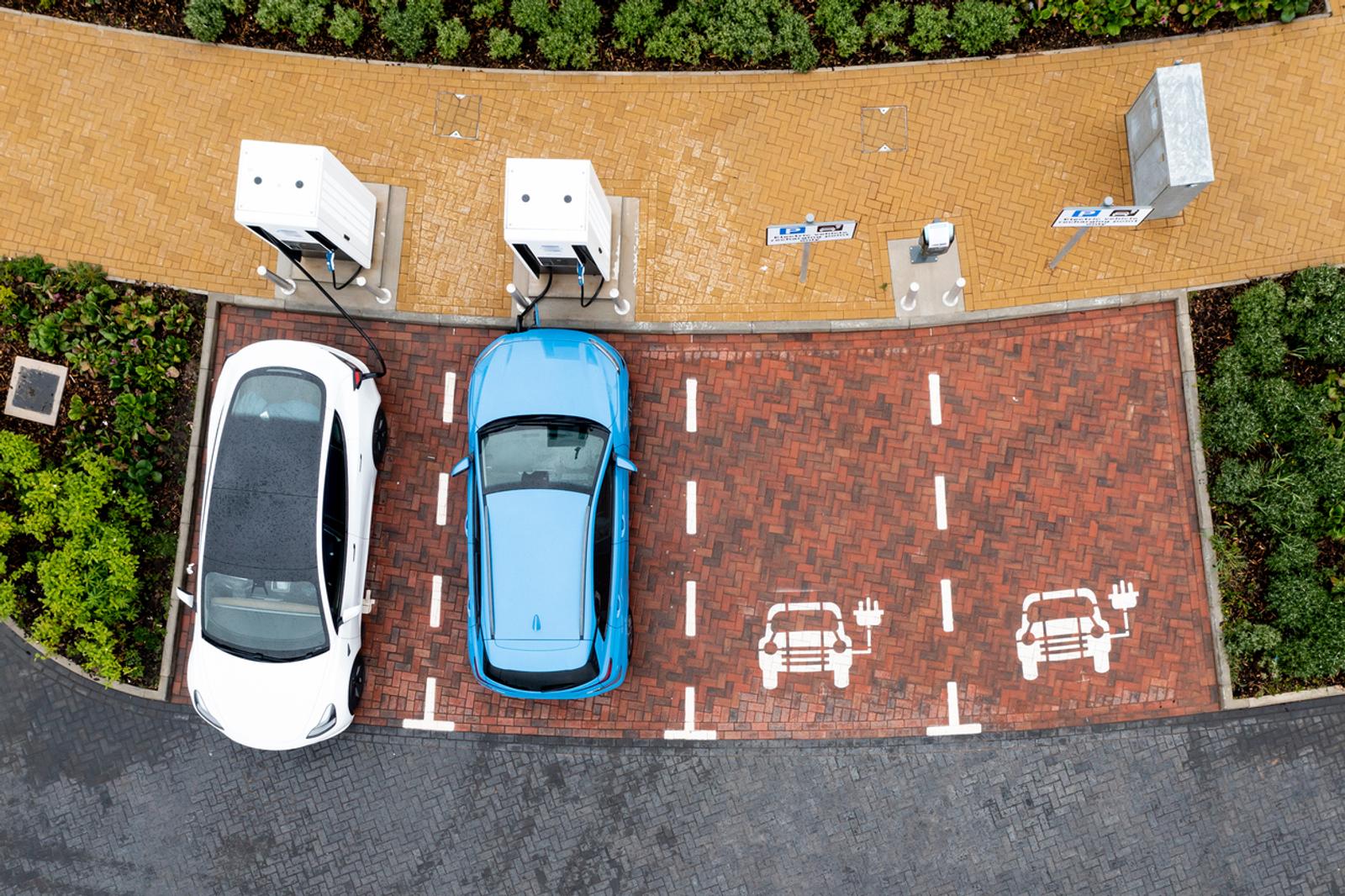IoT for electric vehicle charging: connectivity to keep them running

With investments in clean energy and more electric vehicles on the road, having reliable, connected charging stations has never been more important.
Electric vehicles (EVs) have become mainstream with many car manufacturers joining Tesla and releasing all electric models. With this evolution, there is an increasing need for ways to keep them charged, outside of a home. Beyond supplying the electricity to charge a vehicle, EV charging stations offer a wealth of knowledge to owners, operators, and drivers alike, thanks to IoT and cellular connectivity.
Keeping EVs charged with IoT charging stations
As a connected device, EV charging stations offer many benefits to both the consumer and the operator. From the consumer’s perspective, there’s a lot of information they need to know. Where are the charging stations located? How long will it take to charge my EV? What will it cost? And in many cases, these charging stations make it easy to pay directly from a mobile app, because of IoT.
On the other hand, IoT enables operators to gain critical information about each charging station without the need to physically visit — everything from how often it is being used to alerts on potential maintenance needs. All of this information can lead to operating efficiencies that ideally lead to ROI – whether scheduling preventative maintenance or reducing on-site time with the devices.
We’re in the early days of EVs, and we expect an influx in adoption and innovation with the recent push from the government to invest in climate change initiatives.
Inflation Reduction Act: investing in climate change
The Inflation Reduction Act has made headlines this summer. This broad proposal was created to fight inflation, negotiate prescription drug prices, and extend the expanded Affordable Care Act program for three years. It also serves to invest in manufacturing and domestic energy production and reduce carbon emissions.
The Energy Security and Climate Change Investments in the Inflation Reduction Act puts the U.S. on the path to reduce carbon emissions by roughly 40% by 2030. There are several key aspects of the bill including lowering energy costs for Americans, increasing American energy security, investing in decarbonizing all sectors of the economy, investing in disadvantaged communities, and supporting resilient rural communities.
How the Inflation Reduction Act supports EV growth
As clean vehicles, EVs produce less harmful impacts to the environment than those running on gasoline or diesel. This industry — from the manufacturers who build EVs to the consumers who drive them – stand to benefit should the bill be passed. This includes:
- $10 billion investment tax credit to build clean technology manufacturing facilities, including those that make electric vehicles, wind turbines and solar panels
- $2 billion in grants to retool existing auto manufacturing facilities to manufacture clean vehicles
- Up to $20 billion in loans to build new clean vehicle manufacturing facilities across the country
- Tax credits and grants for clean fuels and clean commercial vehicles to reduce emissions from all part of the transportation sector
- $1 billion for clean heavy-duty vehicles
Get your charging stations connected with cellular IoT
With the extensive investment in clean vehicles, there will be an increased need for more charging stations across the country that will support both consumer and commercial vehicles. Hologram can help EV teams connect their charging stations and keep them connected with reliable cellular IoT connectivity. Learn more about our network of networks here.